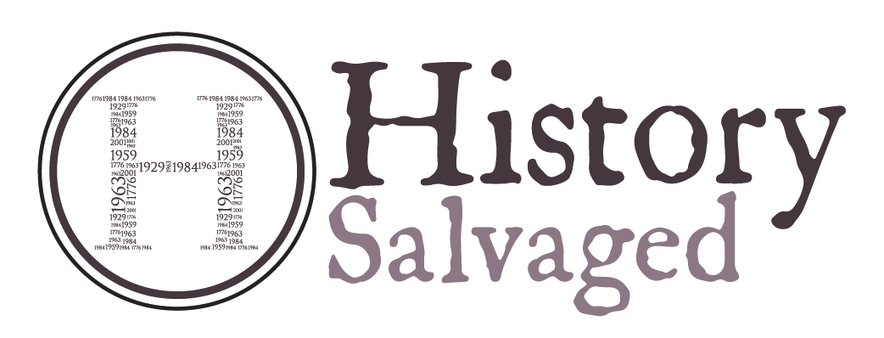We hope the owner of this cherished piece of American history will be as proud to own it as we are to have created it.
All pens are handcrafted by Master Pen Craftsman and are made in America.
Each is individually hand made and each varies in look and feel both in grain and shape.
Each History Salvaged pen is custom handcrafted to order with a typical delivery time of approximately 3-4 weeks.
All History Salvaged product is guaranteed authentic and made utilizing the wood describe and in conjunction with our partner clients.
All History Salvaged products arrive in Eco-Friendly packaging.
___________________________________________________________________________
The DANIEL SHEAFFER FARM remains a prominent Gettysburg landmark whose original property was a 300+ acre land grant from William Penn, first surveyed in 1763, and referred to as 'Wolf's Walk'. There was, at one time, an Indian camp on the property S.W. of where the main house was later built. The house (the first brick house in Adams County) was built in c.1780-81 and was originally used as a tavern 'under the Sign of George Washington' from 1808-1815.
During this period the green in front of the house was used as a site for military muster and drills and in the 1840s the house was used as a place for abolitionist meetings, and as a stop on the Underground Railway for slaves fleeing from neighboring Maryland, only a few miles away.
At the time of the Battle of Gettysburg, the property was owned by Daniel Sheaffer and his wife and consisted of the brick house, several outbuildings and a sawmill located on White Run Creek. Occupied by a portion of the III and XII Corps of the Army of the Potomac, with baggage trains resting in the fields, Gregg's Cavalry Division camped on the farm on July 2nd and Reserve Artillery occupied the fields S.W. of the house. Nearly 3,000 Rebel prisoners, many taken during the famous 'Pickett's Charge' were kept on the property southwest of the house, near the stream.
When the wounded began to arrive, the Sheaffers were asked to leave. The surgeons performed amputations on every available surface and the piles of severed limbs grew outside, holes were drilled in the planking of the floors on the downstairs level so that the blood could be washed into the cellar.
The most famous patient at the Sheaffer House Field Hospital was the controversial General Daniel Sickles who was wounded in the leg by a projectile, smashing the bone. In a later claim for damages, Mrs. Sheaffer recalled that "on the second day of July 1863, Maj. Gen. Sickles was carried to the house in consequence of a wound which resulted in the amputation of a leg--he remained overnight." Sickles himself wrote in 1882: "In a moment I was removed from the ground to the field hospital on the Baltimore Pike that night, in the gloaming, Dr. Calhoun cut off the useless limb." A young neighbor of the Sheaffers' J. Howard Wert wrote that he "saw the noble chieftain borne with a shattered leg to the somber brick house on the Baltimore Pike, at that time occupied by Daniel Sheaffer." On one of his visits to the Battlefield in later times, the General was quoted as saying that he had requested champagne after the amputation. When that wasn't available, a bottle of wine was found in the baggage train. He wouldn't drink it warm, so it was put down the stone-lined well beside the house for an hour. Sickles drank the wine at one mouthful every five minutes, and passed the night and was later carried to the train and taken to Washington to complete his recovery.
The property was used as a Union Field Hospital for over two weeks. During that time the sawmill by the creek provided lumber for bunks and coffins for the III Corps. In 1868 Daniel Sheaffer put in a government claim for property damage due to the use of the property as a field hospital, stating the items taken or used by Federal troops included nearly 3000 fence rails, 2926 feet of board lumber, 80 bushels of wheat, 24 bushels of rye, 90 bushels of oats, 180 bushels of corn, 12 tons of hay, 50 lbs. of bacon, towels and table linen, 2 shirts, 2 pr. shoes, 4 pr. stockings, 1 pr. pants and 1 lot of poultry.
Daniel Sheaffer had also done his own gathering of items. A military telegram of July 19th, 1863 states that several Army items were discovered at "Shaffer's, a Dutchman" which included "300 shirts and drawers, 50 blankets, 28 guns, some artillery harness and etc. They were secreted in a well dug under the house and in four large sinks filled with water. The guns were hidden under piles of boards along his fence and in the garrets. Every care seemed to have been taken to prevent detection. I worked the Dutchman hard fixing up & loading the property that is not sufficient punishment. What shall I do with him?"
Since 1983 the property has been owned by John & Betty Pannick. During a remodel of an upstairs room, the stained planking was discovered. It was hardly a surprise as several other rooms in the house bear bloodstains on the flooring, and a room on the lower level adjacent to the kitchen still has the small round hole bored in a plank to sweep the water and blood into the cellar. There is also a disruption in the brickwork on the N.E. corner of the house where it was struck by a shell and scorching of the beams in the attic from another artillery strike. The house remains as it did during the time of the Battle, a silent witness to the turning of the tide of the Civil War.
This planking, stained with the blood of heroes, is one of the most unique relics of the Battle of Gettysburg we have ever come across.
